Macro photography is the art of capturing small subjects in great detail, revealing their beauty and complexity.
You need a lens that can focus very close to the subject and produce a high magnification ratio, usually 1:1 or higher.
This means that the subject on the sensor is the same size or larger than its real-life size.

Focal Length
But what is the best focal length for macro photography?
There is no definitive answer to this question, as different focal lengths have different advantages and disadvantages depending on the subject, the shooting environment, and the desired effect.
However, there are some general guidelines that can help you choose the right lens for your macro photography needs.
Here are the 3 best focal lengths for macro photography and why:
90-105mm
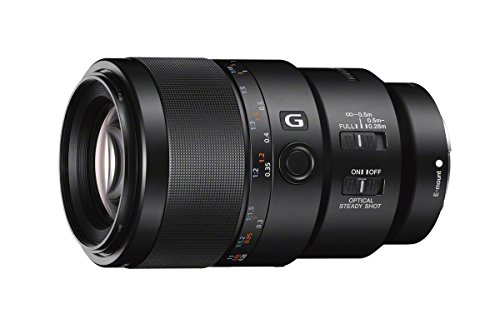
This is the most popular and versatile focal length range for macro photography.
It offers a good balance between working distance, magnification, and image quality.
Working distance
Working distance is the distance from the front of the lens to the subject when focused at 1:1 magnification.
A longer working distance gives you more room to light your subject and avoid disturbing it or casting a shadow with your camera.
A shorter working distance can make it harder to illuminate your subject and may scare away live subjects such as insects.
Magnification
A 90-105mm lens also provides enough magnification to fill the frame with small subjects, while still allowing you to capture some of the background for context.
Image quality
The image quality of these lenses is usually excellent, with sharp details, accurate colors, and minimal distortion and aberration.
Fast maximum aperture
They also have a fast maximum aperture (usually f/2.8) that allows you to shoot in low-light conditions and create a shallow depth of field for a smooth background blur.
Some examples of 90-105mm macro lenses are:
- Sony FE 90mm f/2.8 Macro G OSS Lens
- Sigma 105mm f/2.8 DG DN Macro Art Lens
- Canon EF 100mm f/2.8L Macro IS USM Lens
- Nikon Z MC 105mm f/2.8 VR S Lens
60-80mm
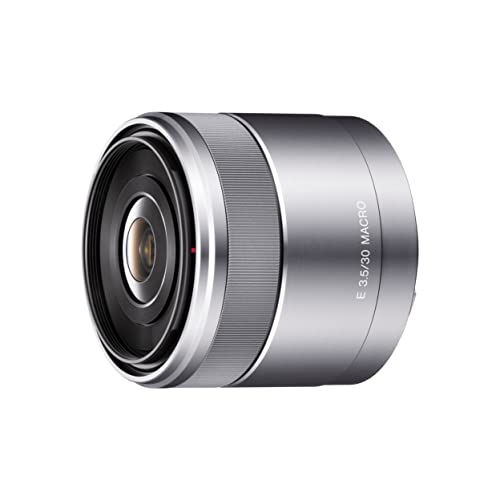
This is another common focal length range for macro photography, especially for APS-C or crop-sensor cameras.
It offers a slightly wider angle of view than 90-105mm lenses, which can be useful for capturing more of the environment around your subject or for shooting in tight spaces.
Shorter working distance
It also has a shorter working distance, which can be an advantage if you want to get closer to your subject or if you are using a ring light or other on-camera lighting.
Enough magnification
A 60-80mm lens also provides enough magnification to capture small subjects in detail, but not as much as 90-105mm lenses.
This means that you may need to crop your images more in post-processing if you want to achieve higher magnifications.
Image quality
The image quality of these lenses is usually very good, but not as good as 90-105mm lenses.
Slower maximum aperture
They also have a slower maximum aperture (usually f/3.5 or f/4) that limits your low-light performance and depth of field control.
Some examples of 60-80mm macro lenses are:
- Sony E 30mm f/3.5 Macro Lens
- Fujifilm XF80mm f/2.8 R LM OIS WR Macro Lens
- Canon EF-S 60mm f/2.8 Macro USM Lens
- Nikon AF-S DX Micro-NIKKOR 40mm f/2.8G Lens

Konnichiwa! (Hello!) I'm Pat Tokuyama, a Japanese tofu cookbook author, who travels for music, food, and adventure. If you like Japanese tea, checkout some of the newestorganic japanese tea, matcha bowls and noren and more!
** Curious about the Plant Based Japanese Cooking Club? ** Learn more here!
Above 150mm
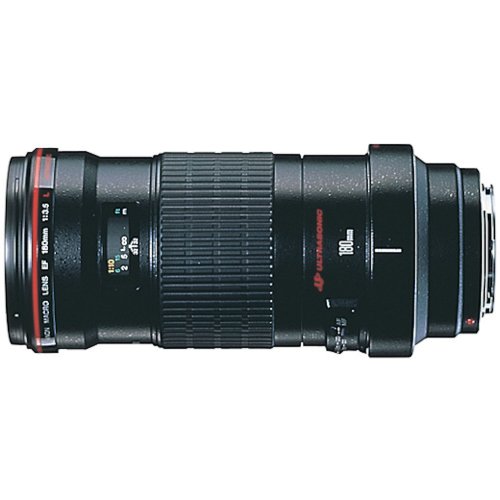
This is a less common but still useful focal length range for macro photography, especially for shooting live subjects that require more distance and stealth.
Very long working distance
It offers a very long working distance, which allows you to keep a safe and respectful distance from your subject and avoid disturbing it or its habitat.
It also gives you more flexibility in lighting your subject from different angles and positions.
Very high magnification
A lens above 150mm also provides very high magnification, which can reveal amazing details of tiny subjects that are invisible to the naked eye.
However, this also means that you will have minimal background in your images, which can make them look flat and isolated.
Image quality
The image quality of these lenses is usually superb, with exceptional sharpness, contrast, and color fidelity.
They also have a fast maximum aperture (usually f/2.8) that enables low-light shooting and shallow depth-of-field effects.
Some examples of lenses above 150mm are:
- Canon EF 180mm f/3.5L Macro USM Lens
- Nikon AF-S VR Micro-NIKKOR 105mm f/2.8G IF-ED Lens
- Tamron SP 180mm f/3.5 Di LD IF Macro Lens
- Venus Optics Laowa 100mm f/2.8 2X Ultra Macro APO Lens
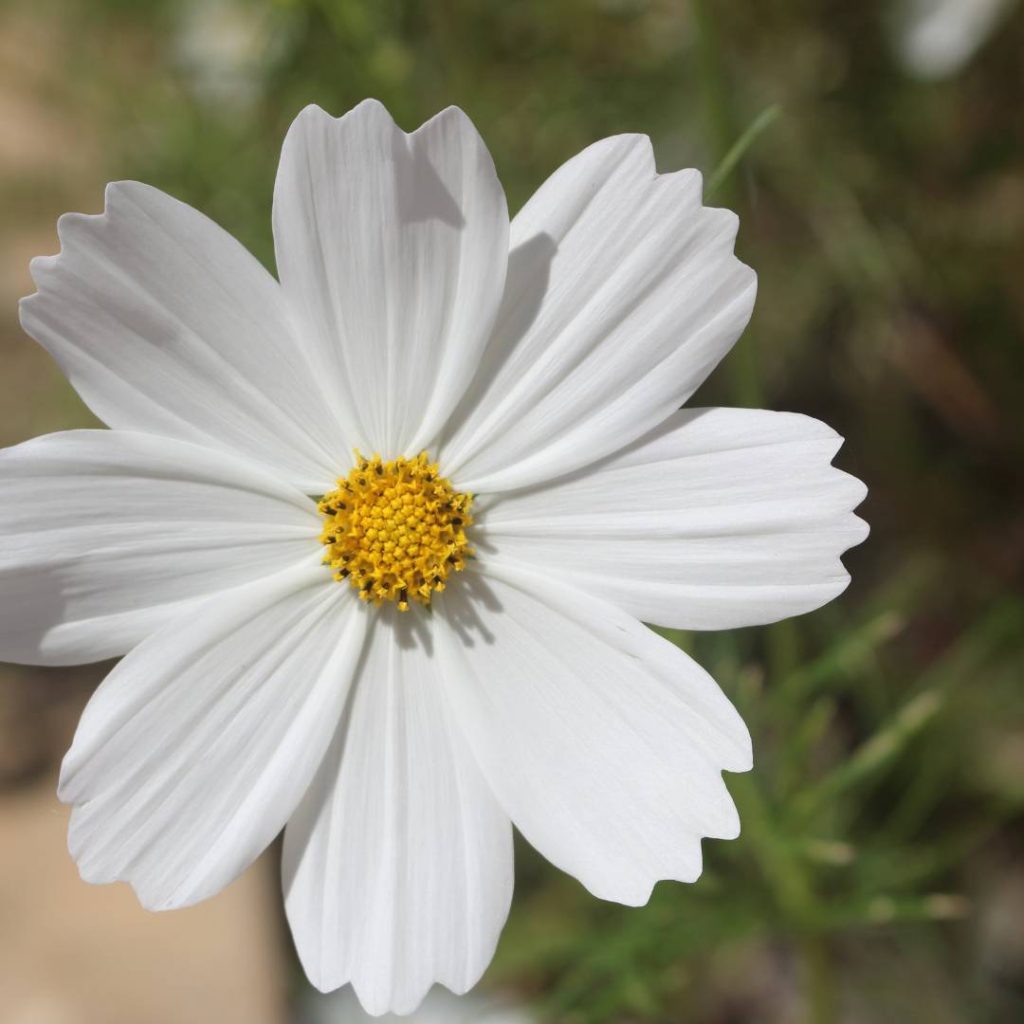
Conclusion
These are the 3 best focal lengths for macro photography and why.
They all have pros and cons, but they all deliver stunning results for macro photography.
Depending on your subject, your shooting style, and your budget, you can choose the one that suits you best.
Happy shooting!
Check out my other blog post about macro lenses:
- The Importance of Sensor Size and Full Frame’s Impact on Macro Photography
- The 3 Best Macro Lenses for Sony Mirrorless Cameras
- Sony FE 90mm f/2.8 Macro G OSS Lens: A Detailed Review
- Full Frame Unleashed: Elevating Food Photography with Sensor Size
- 3 Best Lenses for Food Photography on Sony Mirrorless Cameras


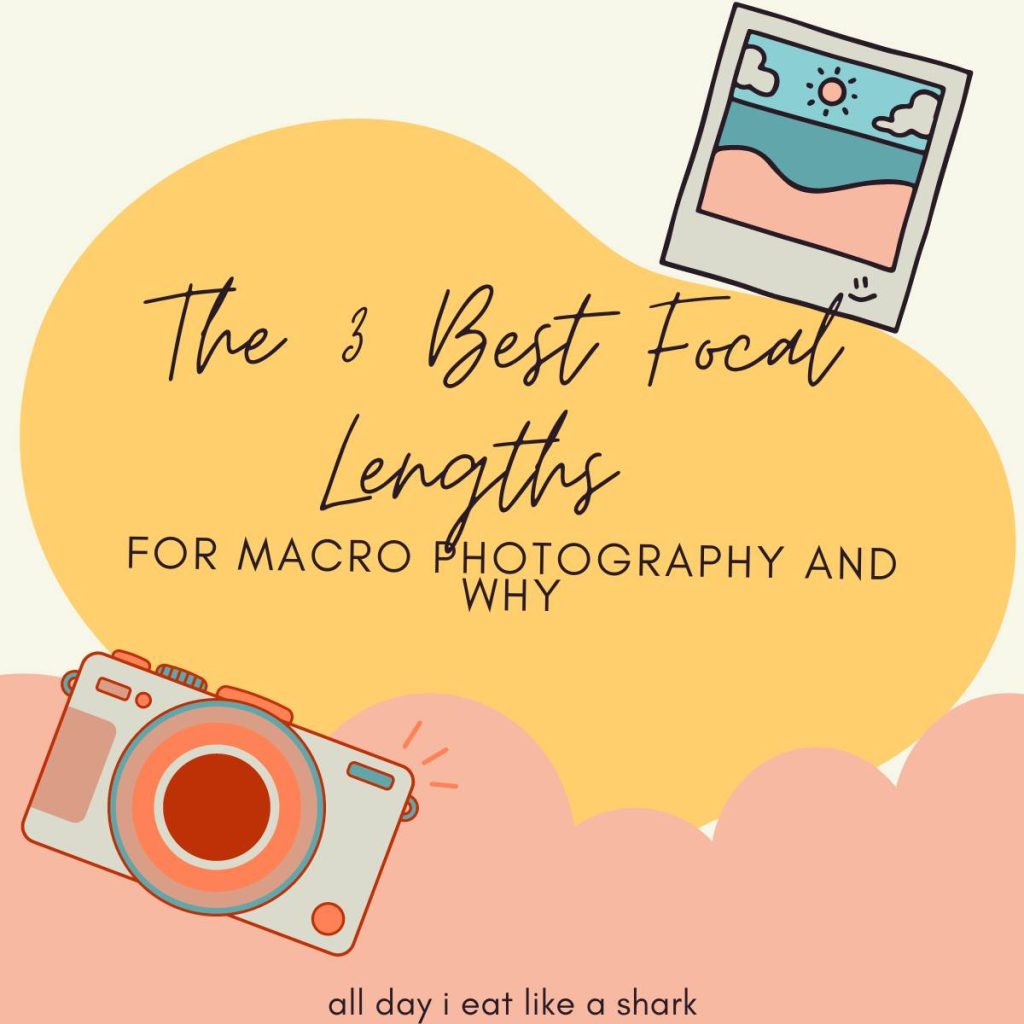

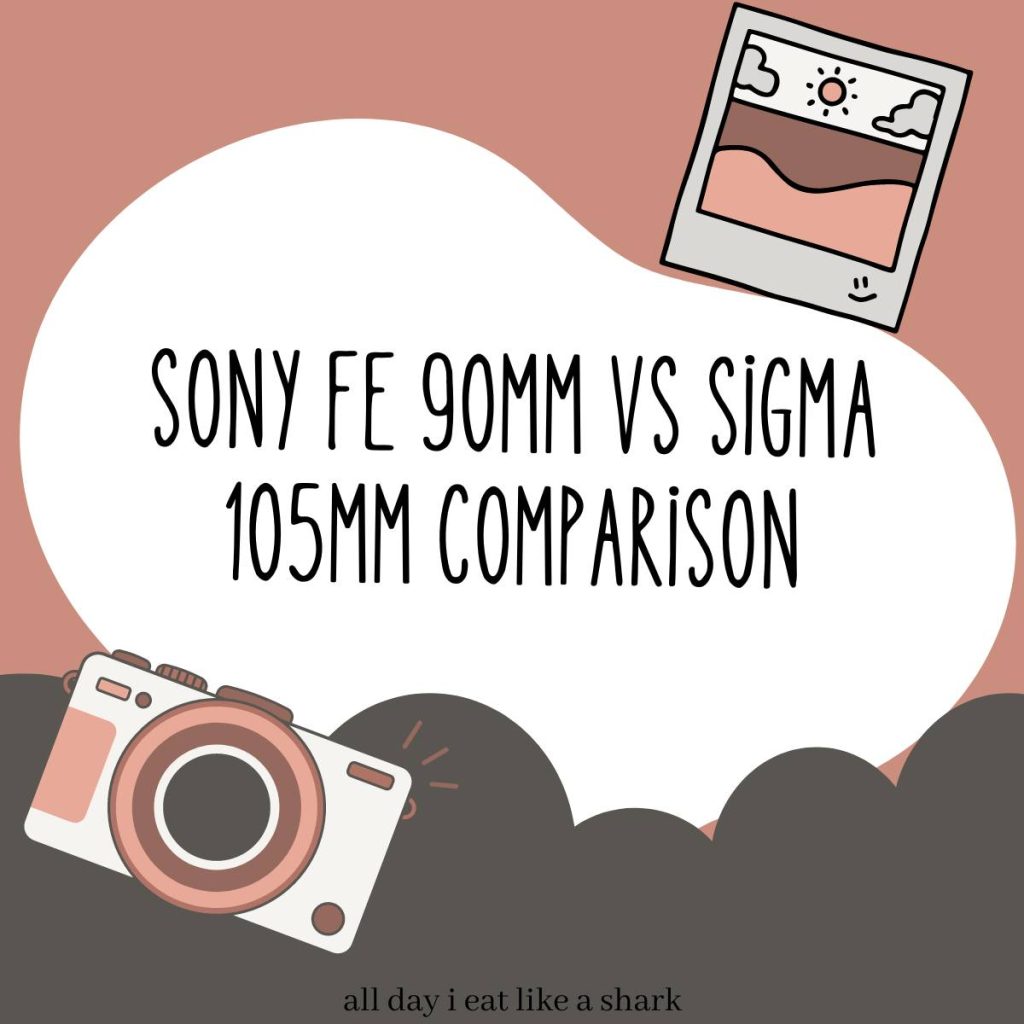
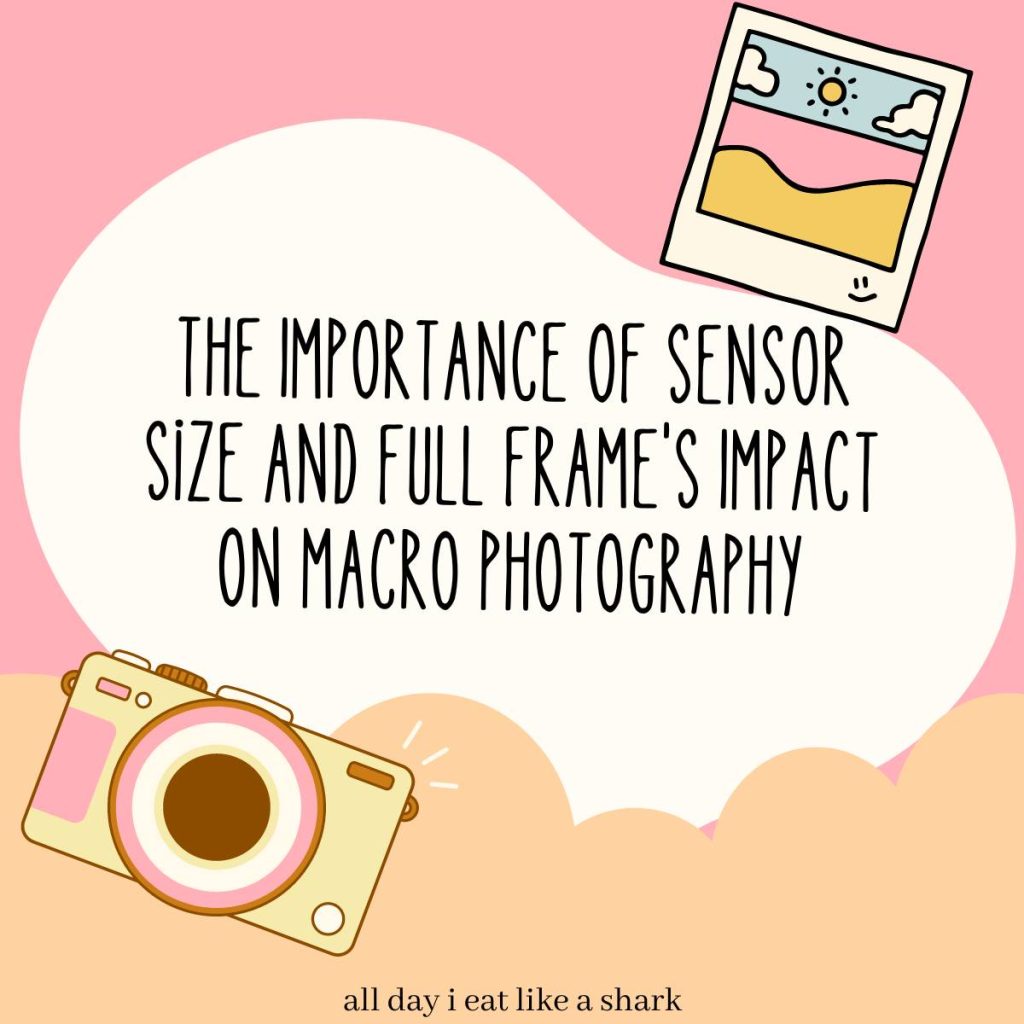

Konnichiwa! (Hello!) I'm Pat Tokuyama, a Japanese tofu cookbook author, who travels for music, food, and adventure. If you like Japanese tea, checkout some of the newestorganic japanese tea, matcha bowls and noren and more!
** Curious about the Plant Based Japanese Cooking Club? ** Learn more here!